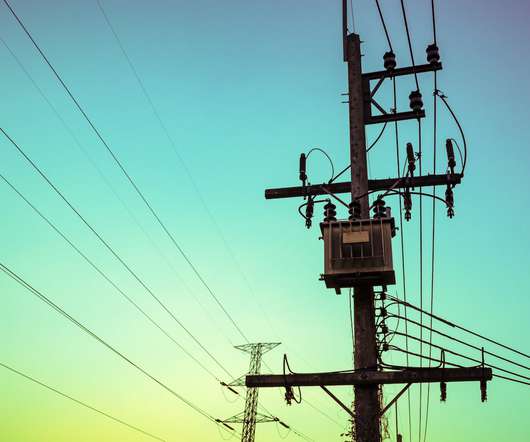Introducing the technology behind watsonx.ai, IBM’s AI and data platform for enterprise
IBM Big Data Hub
MAY 9, 2023
The largest models are expensive, energy-intensive to train and run, and complex to deploy. Obsidian models utilize a new modular architecture developed by IBM Research, providing high inference efficiency and levels of performance across a variety of tasks. We’ve created a suite of tools in watsonx.ai













Let's personalize your content